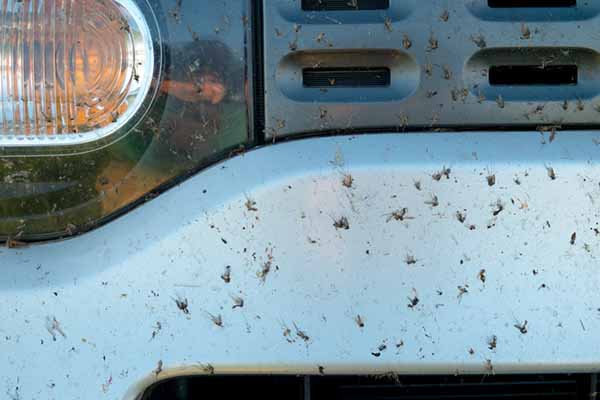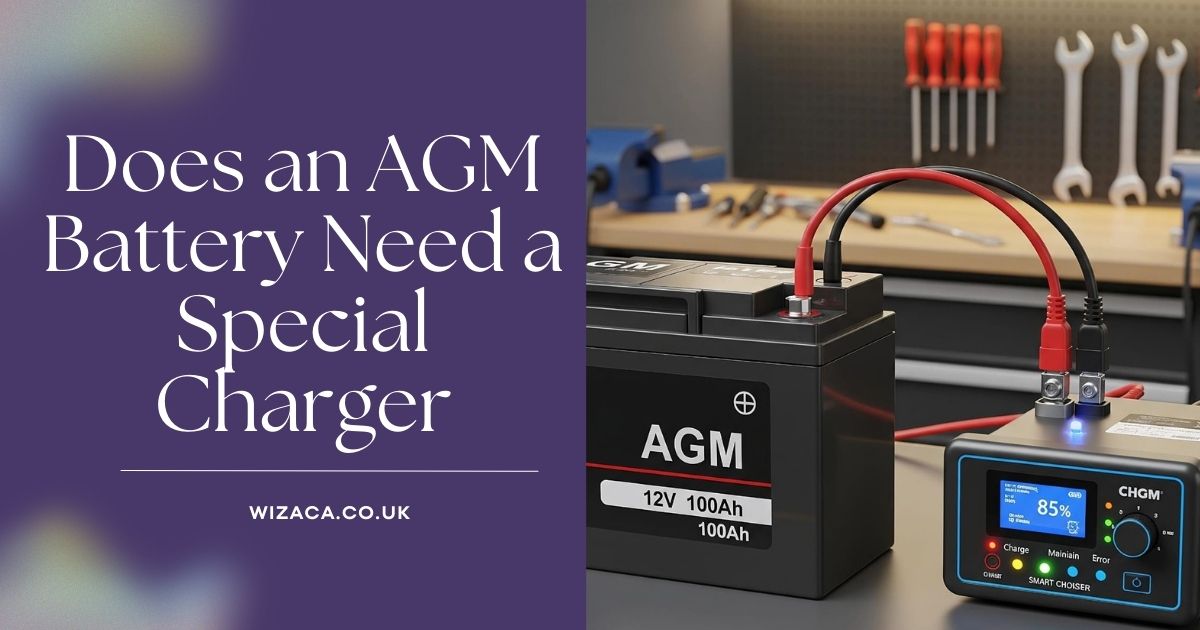Yes, a bug deflector really works, but how well it performs depends on factors like the design, vehicle type, and driving conditions. Bug deflectors, also known as hood deflectors or bug shields, are designed to alter the airflow over your vehicle to reduce the number of bugs, small debris, and rocks that hit your windshield and hood.
Let’s break down how they work, their effectiveness, and whether they’re worth adding to your vehicle.
What Is a Bug Deflector?
A bug deflector is an accessory installed on the front edge of a vehicle’s hood. It’s typically made from durable plastic or acrylic and comes in different shapes and sizes to fit various vehicles.
The primary purpose of a bug deflector is to:
- Redirect airflow over the vehicle.
- Reduce the number of insects and debris hitting the windshield.
- Offer some protection to the hood’s paint from small stones and road debris.
How Does a Bug Deflector Work?
Bug deflectors are designed to create a slipstream effect. When your vehicle moves, the deflector changes the path of the air as it flows over the hood and windshield. By redirecting the air upward, it can carry bugs and small debris higher over the roof of the vehicle, reducing direct hits on the windshield.
This redirection works best at highway speeds where airflow is more consistent. At lower speeds, the effect may be less noticeable because there’s less air pressure to create the slipstream needed for effective deflection.
Do Bug Deflectors Really Keep Bugs Off the Windshield?
Yes, but with Limitations
Bug deflectors can reduce the number of bugs that hit the windshield, especially when driving at higher speeds. However:
- They don’t eliminate all bugs.
- Effectiveness varies depending on the design and shape of the deflector.
- Some bugs will still hit the windshield, but generally fewer compared to driving without one.
Insects tend to get caught in the turbulent airflow around the front of a vehicle. A bug deflector changes that airflow enough to divert many of them away from direct impact areas.
Can a Bug Deflector Protect Against Rocks and Debris?
Bug deflectors offer some protection against small stones and road debris. They can deflect minor debris away from the hood and windshield, preventing chips, scratches, and dings on the front edge of the hood.
However:
- They won’t protect against larger rocks or high-speed impacts.
- They offer more protection to the hood’s paint than the windshield.
If your main concern is rock chips, you might also consider adding a paint protection film (PPF) or clear bra along with a deflector.
Advantages of a Bug Deflector
1. Reduces Bugs on Windshield
Less time cleaning bugs off the windshield after long drives.
2. Protects Hood Paint
Shields the front edge of the hood from minor rock chips and scratches.
3. Enhances Appearance
Many drivers like the rugged or sporty look a deflector adds to their vehicle.
4. Easy Installation
Most bug deflectors are simple to install and don’t require drilling.
Disadvantages of a Bug Deflector
1. Limited Effectiveness at Low Speeds
Bug deflectors work best at highway speeds; at lower speeds, the benefits are minimal.
2. May Affect Aerodynamics
In some cases, they can slightly impact aerodynamics and fuel efficiency, although this is typically negligible.
3. Potential for Vibration Noise
If not installed correctly, a bug deflector might cause wind noise or vibrations at high speeds.
4. Can Be Damaged by Car Washes
Some automatic car washes can damage or dislodge bug deflectors, so hand washing is often recommended.
Do Bug Deflectors Affect Gas Mileage?
Bug deflectors slightly alter your vehicle’s aerodynamics, which could impact fuel efficiency. However:
- The effect on gas mileage is typically minimal.
- Modern deflector designs are streamlined to reduce drag.
- Most drivers won’t notice a difference in fuel economy.
Different Types of Bug Deflectors
1. Traditional Hood-Mounted Deflectors
These mount directly to the front edge of the hood and offer basic protection and airflow redirection.
2. Low-Profile Deflectors
Sleeker, more aerodynamic designs that blend in with the vehicle’s lines while offering moderate protection.
3. Full Hood Protectors
Wider designs that extend farther across the hood to offer more coverage and protection.
Who Should Use a Bug Deflector?
Bug deflectors are most beneficial if you:
- Drive long distances on highways.
- Travel through rural areas with lots of insects.
- Want to protect your hood from minor chips and scratches.
- Prefer a rugged look for your vehicle.
They are commonly used on trucks, SUVs, and off-road vehicles but can be fitted on cars as well.
How to Install a Bug Deflector
Installation is generally straightforward and can be done at home with basic tools.
- Clean the Hood Surface
Remove dirt and debris from the hood where the deflector will be mounted. - Align the Deflector
Position it correctly according to the instructions. - Secure with Clips or Screws
Most deflectors use clips, adhesive tape, or screws. Follow the specific instructions for your deflector model. - Check for Stability
Make sure the deflector is firmly attached and doesn’t rattle or move.
Conclusion
A bug deflector really works, especially at highway speeds, by redirecting airflow and reducing the number of bugs and small debris hitting your windshield and hood. While it’s not 100% effective, it offers additional protection and can enhance the appearance of your vehicle. For drivers who frequently travel in areas with lots of insects or road debris, a bug deflector can be a worthwhile investment.
FAQs
Does a Bug Deflector Stop All Bugs?
No, it reduces the number of bugs hitting your windshield but doesn’t stop them completely.
Can a Bug Deflector Protect My Windshield from Rocks?
It offers minor protection against small rocks but won’t prevent larger rocks from causing damage.
Do Bug Deflectors Make Noise?
If installed properly, most bug deflectors won’t make noise. Poor installation can lead to vibrations or whistling sounds at high speeds.
Are Bug Deflectors Easy to Install?
Yes, most are designed for easy installation and can be attached with clips or adhesive tape without drilling.
Will a Bug Deflector Fit Any Car?
Bug deflectors are vehicle-specific, so you need to buy one designed for your make and model.
Also Check:
• Does 4×4 Mean 4 Wheel Drive?
• Does a Car Air Conditioner Use Gas?
• Does a Car Battery Charge in Idle?
• Does A 2WD Have A Transfer Case?
• Does the 2023 Chevy Traverse Have a Separate Start-Stop Battery?











2 thoughts on “Does a Bug Deflector Really Work?”